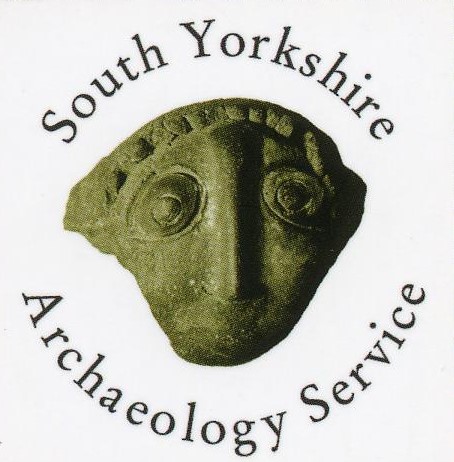Little London Wheel (River Sheaf)
Location/Address
Broadcroft Court, Sheffield
Type
Other site, structure or landscape
Assets that cannot fit any of the other categories. This category includes sites of archaeological interest, where the original form and function may not be apparent without the use of archaeological techniques and interpretation.
Description
Site of preserved remains, including wheel pit, of Little London Wheel: a water-powered grinding and plating operation producing scythes, developed during the 1780s.
Statement of Significance
Asset type
Archaeological siteAge
The area of preservation is defined by the raised grassed area and adjacent cycle path east of Broadfield Court. The works was developed during the 1780s.Rarity
Whilst there are numerous remains of water powered mills in Sheffield, very few have been preserved along the Sheaf, which has seen the most intensive development of all the major Don tributaries that pass through the city. The remains at the site represent a well preserved group of early date that were curated for preservation in situ.Group Value
The remains form part of an important group of former and extant water power sites within the Sheffield area. Water power was fundamental in the development of the metal trades in Sheffield, and remains are an important part of the region's history and identity.Historic Interest
Little London Wheel was in use by 1720, when it was leased by Francis Gregg to George Offerton - it was then named as a cutler's wheel used for grinding knives. The mill was enlarged with a new 5 acre dam in the 1780s and the works moved to the east. Tilt hammers were added by 1789. Like many sites in Sheffield, its function changed over time, being recorded as a grinding and plating forge in 1814 and as making scythes and agricultural machines in 1828. The works was massively extended in the late 19th century, when a range of new buildings were erected to the east of the water wheel, containing grinding troughs, 60hp steam engine, houses, workshops and offices. Despite this, the earlier buildings remained in use and the water wheels were replaced with cast iron frames and metal pen troughs. One of the water wheels, and the accompanying tilt shop, remained in operation well into the 1950s. These buildings were eventually demolished in the 1970s, and the forge equipment transported to Beamish Museum. The site has since been redeveloped but an area of the former wheel was preserved in situ.Archaeological Interest
The buried remains of Little London Wheel that are preserved include: part of the mill dam, two stone built wheel pits, elements of the tail goits, and foundations, surfaces and industrial deposits. Beyond the area of buried remains, other elements of the former works include: substantial sandstone stones used to mark the dam (south of Broadfield Court); the weir and entrance to the head goit from the Don (north-east of Coniston Road); and the opening for the dam overflow (next to the footbridge north of Broadfield Court). Together these form a group of high archaeological interest, preserving evidence of the origin, operation, and development of the works.Landmark Status
The site is a landscape feature within the Broadfield industrial estate, situated at a principal pedestrian crossing. The industrial origin of the former dam is readily legible and the remains greatly add to the local character and distinctiveness of the area.Date Listed
n/a
Last Updated
17 Oct 2023
Comments and Feedback
Do you have any questions or more information about this record?








